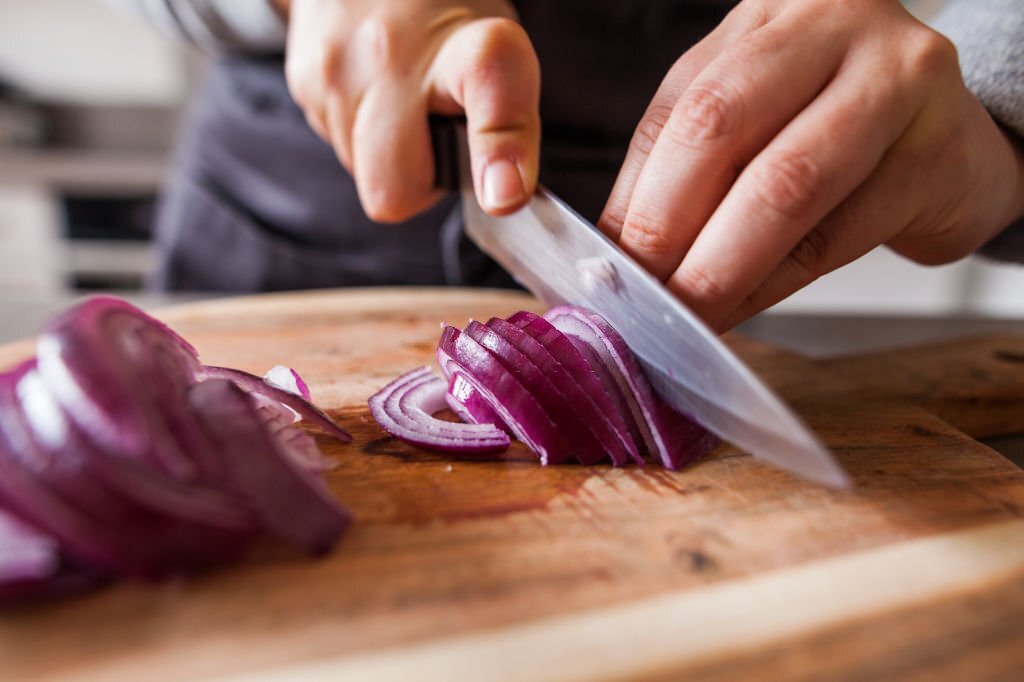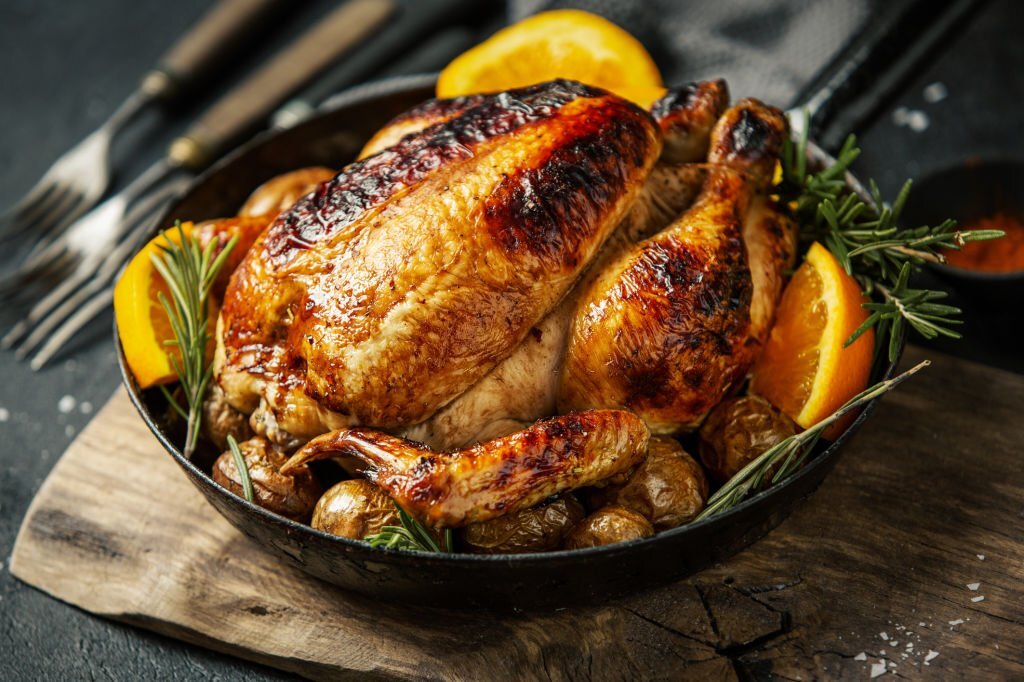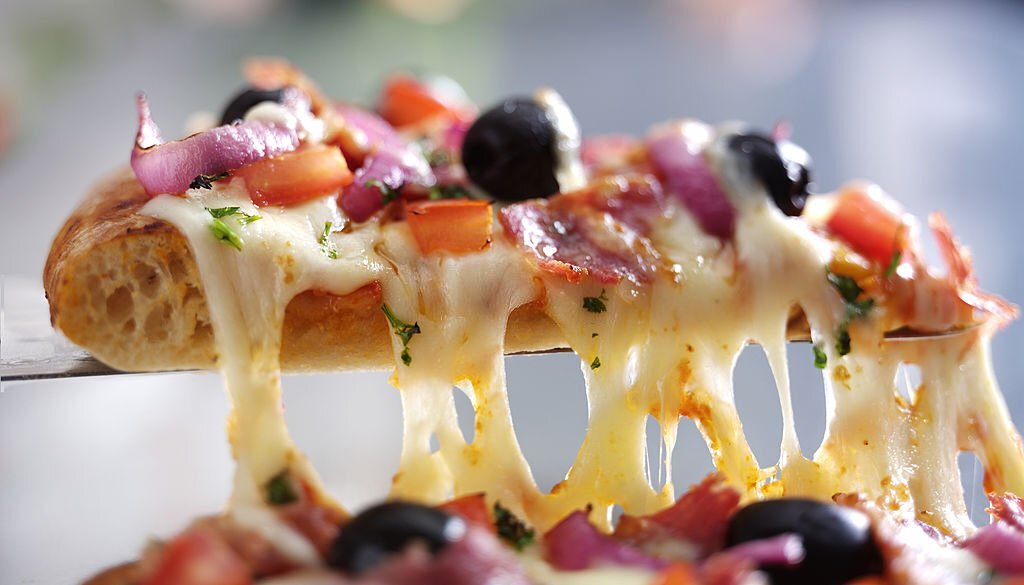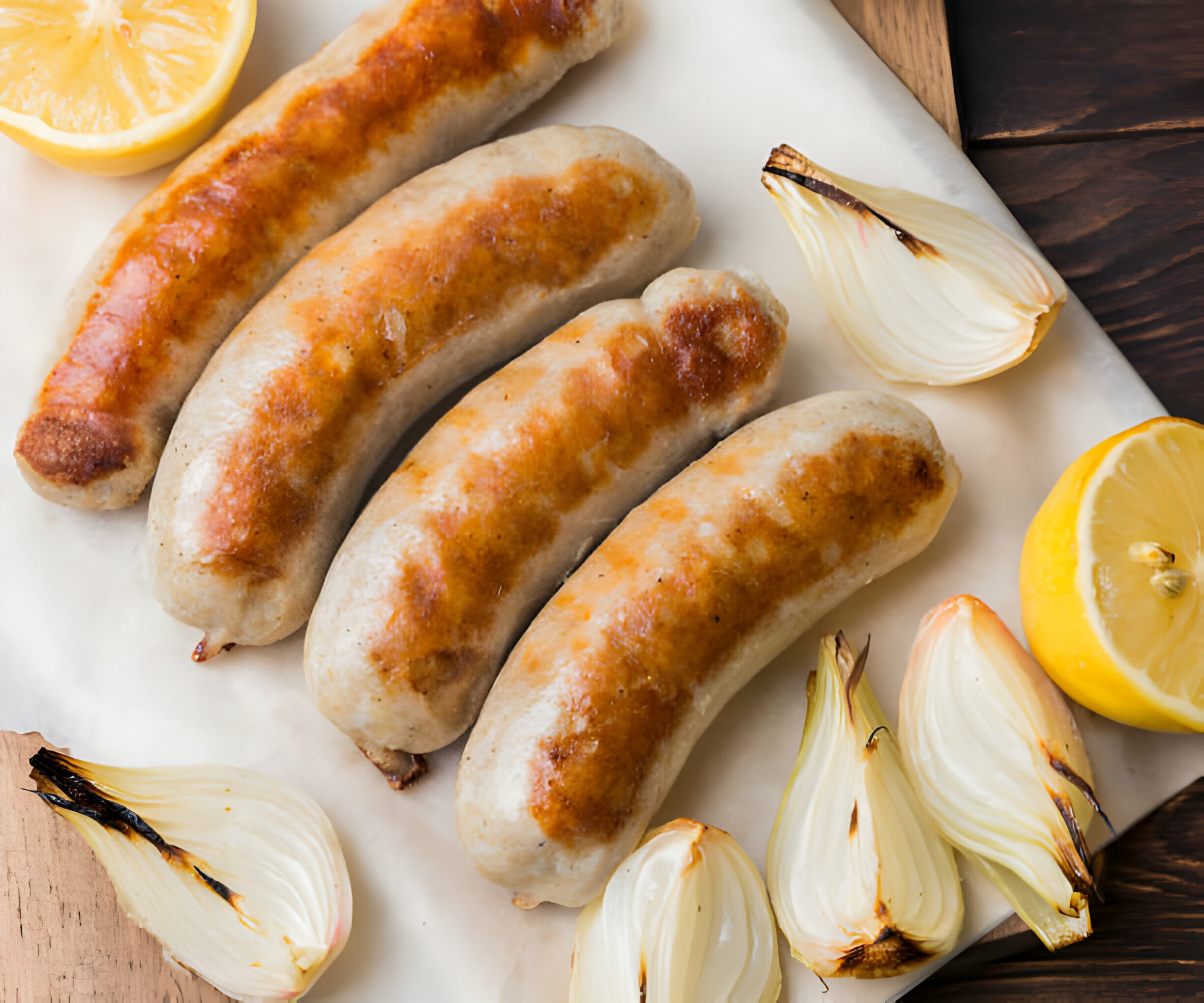How To Cut Onions For Fajitas?
Fajitas, a mouthwatering Mexican dish, have gained immense popularity for their sizzling flavors and tantalizing aromas. Onions are prominent among the essential ingredients contributing to fajita’s savory taste and delightful texture. These humble bulbs can elevate the overall taste profile, adding a subtle sweetness and satisfying crunch. Whether you’re a seasoned home cook or a culinary enthusiast, mastering the art of cutting onions for fajitas is essential to enhance your cooking repertoire.
In this article, we will guide you through how to cut onions for fajitas, ensuring that you achieve consistently sliced onions that perfectly complement the flavors of this beloved Mexican delicacy. Get ready to elevate your fajita game by unlocking the secrets of onion-cutting techniques.
Understanding the Role of Onions in Fajitas
Onions are a key ingredient in fajitas, providing a savory and slightly sweet taste that complements the other ingredients. They also add a pleasant aroma while cooking, providing a satisfying crunch when cooked properly. Onions also add depth of flavor and complexity to the dish, making it more well-rounded and satisfying. They also enhance the presentation of fajitas, making them visually appealing when sliced or diced. Their vibrant color and distinct shape make them a key component in the dish, contributing to its balance and enjoyment. Therefore, onions should not be overlooked in fajitas.
How To Cut Onions For Fajitas?
Cutting onions for fajitas can be done in a way that ensures even cooking and enhances the overall flavor of your dish. Here’s a step-by-step guide on how to cut onions for fajitas:
Selecting And Preparing The Onions
Fajitas are a popular Mexican dish that consists of grilled meat and vegetables wrapped in a tortilla. One of the critical ingredients for fajitas is onion, which adds flavor and texture to the dish. But what kind of onion do you use for fajitas?
Many onions are available, but not all are suitable for fajitas. Some onions are too sweet, some are too strong, and some are too watery. The best onion for fajitas has a mild flavor, a firm texture, and a good balance of sweetness and acidity.
One of the most common choices for fajitas is the yellow onion, also known as the brown onion. This onion has a golden skin and white flesh and is widely available in most supermarkets. Yellow onions have a moderate flavor that is not overpowering but adds depth and richness to the dish. They also have a good amount of natural sugars that caramelize when cooked, giving them a nice brown color and a sweet taste.
Another good option for fajitas is the white onion, which has white skin and flesh. White onions have a sharper flavor than yellow onions, but they also have more acidity, which helps to cut through the richness of the meat and cheese. White onions are also crispier than yellow ones, adding crunch and freshness to the dish. White onions are especially popular in Tex-Mex cuisine, influenced by Mexican and American flavors.
A third option for fajitas is the red onion, which has purple-red skin and white flesh with red streaks. Red onions have a mild flavor that is slightly sweet and slightly spicy. They also have a high water content, which makes them juicy and refreshing. Red onions add color and contrast to the dish and subtle heat. Red onions are often used raw or lightly cooked in fajitas, as they tend to lose their color and flavor when cooked for too long.
Equipment And Safety Precautions
Before cutting onions for fajitas, gathering the necessary equipment and taking proper safety precautions is essential. Here’s what you’ll need and how to ensure a safe cutting experience:
Required Equipment
- Sharp Knife: Choose a sturdy and sharp chef’s knife or a Santoku knife for efficient and precise onion cutting. A sharp knife will make the process easier and reduce the chances of slipping and accidents.
- Cutting Board: Use a stable and non-slip cutting board that provides a secure surface for chopping onions. Wooden or plastic cutting boards are recommended, as they are easier to clean and less likely to dull the knife.
Safety Precautions
- Secure Cutting Surface: Place a damp kitchen towel or a non-slip mat under your cutting board to prevent it from sliding or moving while you work.
- Proper Grip and Technique: Hold the knife firmly, using your dominant hand, and keep your fingers curled under to protect them from accidental cuts. Adopt a proper cutting technique by keeping the tip of the knife in contact with the cutting board while guiding it through the onions.
- Watch Your Fingers: Close attention to your fingers and keep them away from the knife’s path to avoid accidental injuries.
- Take Breaks When Needed: If you feel tired or distracted, take a break and resume cutting when you can focus entirely on the task. Rushing or multitasking can increase the risk of accidents.

Basic Onion Cutting Techniques
When cutting onions for fajitas, there are a couple of options: slicing or dicing. For slicing, start by cutting off the ends of the onion and then halving it from top to bottom. Peel back the skin from the onion halves, revealing the layers. Place one onion half flat on the cutting board, ensuring your fingers are curled under for safety.
Make uniform slices across the onion with a sharp knife, moving from one end to the other. Repeat the process with the other onion half. If you prefer diced onions, follow a similar process, but after halving the onion, make vertical cuts from top to bottom without cutting through the root end, creating parallel lines. Then, make horizontal cuts across the onion, perpendicular to the vertical cuts, to create small onion cubes. Repeat the process with the other onion half.
Tips for Achieving Consistent and Even Cuts
There are a few tips to remember to ensure your onion cuts are consistent and even. Firstly, make sure you’re using a sharp knife. A sharp knife makes cutting easier and more precise, while dull knives can crush the onion, resulting in uneven cuts and affecting the texture. Additionally, maintain a steady hand and a proper grip on the knife. Hold the knife firmly and keep your fingers curled under to protect them from accidental cuts.
Using a cutting board with a stable surface is also important to prevent slipping and ensure safety. Lastly, practice your knife skills. Cutting onions can be challenging initially, but with practice, you’ll improve your technique and achieve consistent cuts. Take your time, focus on developing a consistent cutting motion, and soon you’ll be slicing or dicing onions for fajitas like a pro.
Additional Tips and Variations
- Slicing onions thinly for a more delicate texture: When cutting onions for fajitas, consider slicing them thinly for a more delicate texture. Thinly sliced onions cook quickly and become tender, adding a subtle crunch to the fajitas. This technique works particularly well if you prefer a milder onion flavor or want the onions to blend seamlessly with the other ingredients.
- Caramelizing onions for added sweetness and flavor: Try caramelizing them before adding them to your fajitas for a different flavor profile. Caramelizing onions involves cooking them slowly over low heat until they turn golden brown and develop a sweet flavor. This technique adds depth and richness to the onions, elevating the taste of the fajitas. Slice the onions, cook them in a skillet with oil or butter over low heat until they caramelize, and then incorporate them into your fajita filling.
- Mixing different onion varieties for a unique taste: Experiment with different onion varieties to enhance the flavor of your fajitas. Combining different types, such as yellow, red, and even shallots, can add complexity and depth to the dish. Each onion variety brings its unique flavor profile to the table, resulting in a more interesting and dynamic taste experience.
- Using a mandoline slicer for thin, uniform onion slices: Consider using a mandoline slicer to achieve thin and uniform onion slices with precision. A mandoline lets you slice the onions into consistent thicknesses, ensuring even cooking and an appealing presentation. Follow the manufacturer’s instructions and exercise caution when using a mandoline slicer to avoid accidents.
FAQs
How Do I Cut An Onion Into Strips?
To cut an onion into strips, start by halving it vertically, then make even, downward slices across the width of the onion.
Does A Wet Paper Towel Help With Onions?
A wet paper towel can help reduce tears while cutting onions by trapping some of the onion’s sulfur compounds.
What Does Cold Water Do To The Onion?
Cold water can help reduce the zest and crispness of onions, making them milder in flavor and slightly softer in texture.
Should You Wet The Knife Before Cutting Onions?
Wetting the knife before cutting onions can help reduce the release of volatile compounds, potentially minimizing eye irritation. However, using a sharp knife and proper cutting techniques are more effective in reducing tears.
Conclusion
Mastering onion cutting for fajitas is a valuable skill that enhances the flavors and textures of this Mexican dish. Select fresh onions, prepare them properly, and use the right equipment for a successful experience. Follow the basic technique of cutting onions in half vertically and slicing them into thin strips for consistency. Explore alternative cutting techniques like julienne or dicing to customize your fajita recipe. Caramelize onions or incorporate vegetables like bell peppers for depth and variety. Prioritize using a sharp knife and proper cutting techniques to minimize tears. Enjoy the flavorful and satisfying experience of homemade fajitas with perfectly cut onions.
Claire Lower
Claire is LiveandFeel Senior Food Editor. She has a BS in chemistry, a decade of food journalism experience, and a deep love for mayonnaise and MSG. As a Senior Food & Beverage Writer for liveandfeel, where I generate exciting content covering topics such as culinary trends, recipes, and perhaps even health and wellness aspects related to food. that not only informs but also captivates a sizable audience.








